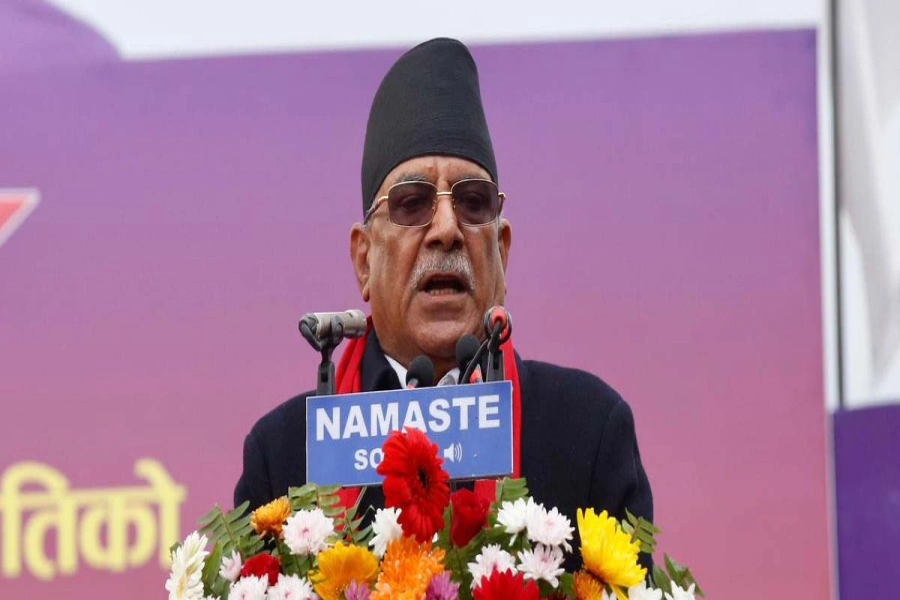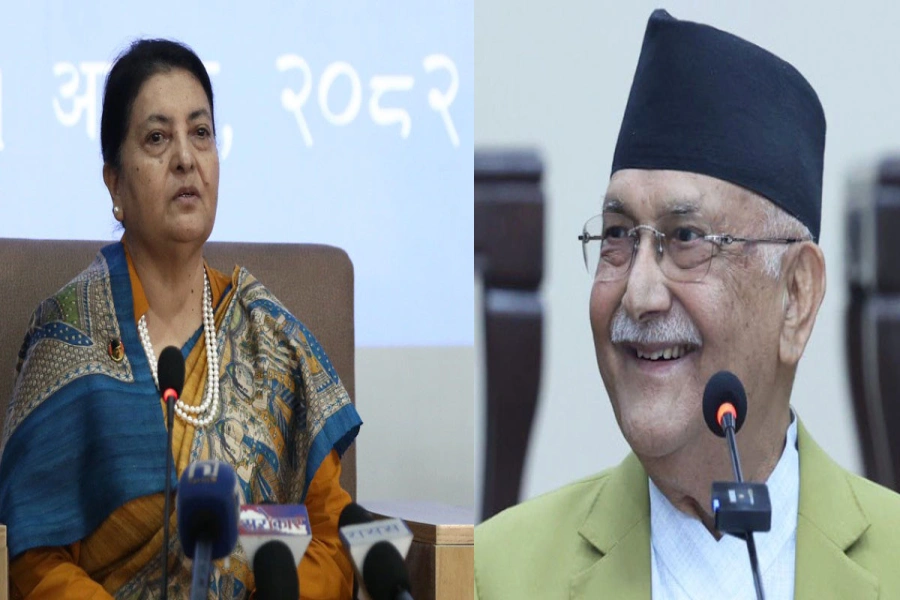To have a hero, you need a villain. And in the channels of literary history, there are many. In fact many villains have been accredited for making the plots that much more interesting and the book that much more memorable. So The Week asked some writers and theater aficionados to shed some light on what makes a good antagonist. They also share their favorite literary villains and the reasons they love them.
Archana Thapa
From the wicked witches and cunning stepmothers to Count Dracula and Lord Voldermort, we become familiar with literary villains from a very young age. When we are younger though, we outright fear or hate these negative characters. They are introduced to us as a form of pure evil and that’s a stance that we stick to.
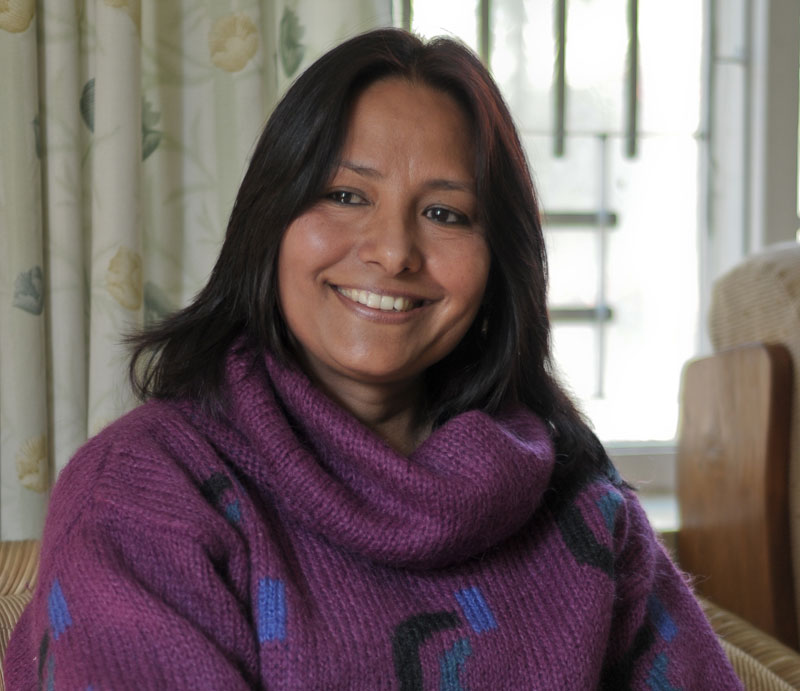
However, the lines between good and bad tend to blur as we grow older. I believe as a mature reader, it gets trickier to label a character as ‘pure evil’ because we can always look at the character from different angles. If we were to analyze the circumstances, factor in the said antagonist’s history or investigate their motives, many times we can see their point of view as well. For instance, I remember the Bertha character from Jane Eyre. She is portrayed as a mad woman who eventually burns down Rochester’s house. I used to think of her as one of Jane’s nemesis, however, now when I read Jane Eyre again, I find myself sympathizing with Bertha.
Similarly, you have the Humbert character from Lolita. In my opinion, he is one of the most troubled bad men in literature. His actions send a chill down my spine, but still, if a reader is willing to give him a chance as he presents his case to the reader in the book, you might find yourself swayed as well.
Deeya Maskey
I refuse to see circumstances as mere black and white. Reality and individuals are more complex than that. Even when I am given a role of a protagonist, the good force in the play, I make an effort to explore more about my character to find her shortcomings as well. We can’t be saints at all times and that doesn’t make us evil as well.
There are both negative and positive traits in all of us. Thus I believe in shades of gray. I like it when authors develop their characters and plots with this line of thinking. As a reader, I feel like
Unsafe zebra crossing

I can relate more and inevitably, I enjoy it more as well.
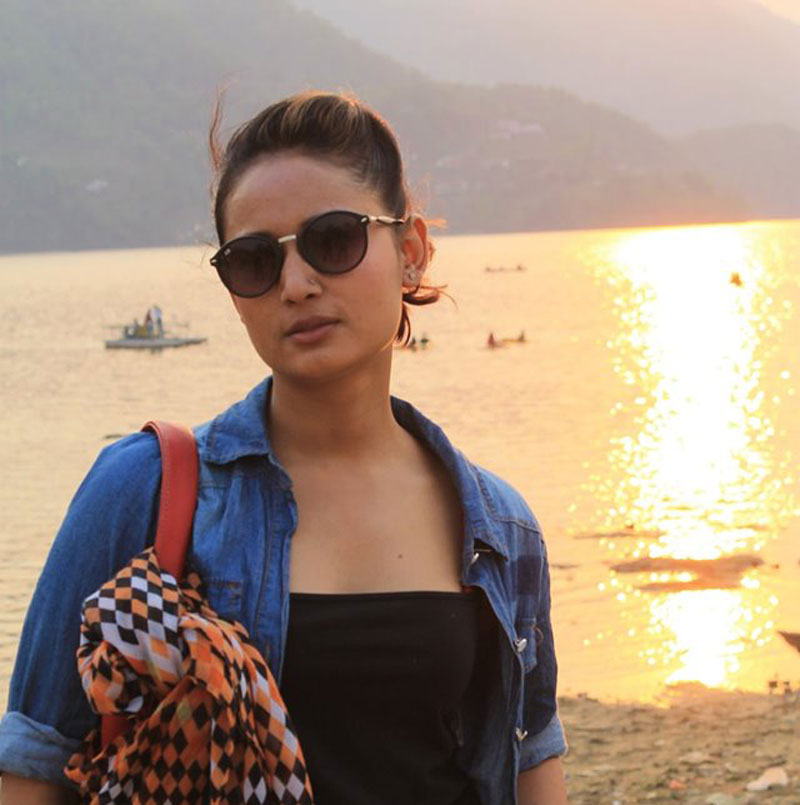
We can take Crime and Punishment’s Rodion Romanovitch Raskolnikov. Some might view him as an antagonist, but personally I enjoyed the duality in his character. He is someone who certainly had a lot of gray shades almost to the point of having a split personality. But this complexity added immense depth to the story. It made you consider the stance of all the other characters as well, making the book a more of an interesting read. Similarly, speaking of memorable characters with both good and bad in them, Shakambari from Shirish ko Phul comes to mind as well. These characters’ shades of gray help us relate to the story. Their actions and reactions do not only help move the plot along, it reflects the real characters in society as well.
Subin Bhattarai
A story with an antagonist certainly takes a reader on a more exciting journey full of twists and turns so such a character can prove to be very important for a writer. I may not have much experience developing such negative characters but perhaps, the first crucial step would be not to fall in the trap of concocting a formula plot. The storyline where the bad men are trying to ruin everything and the good guy saves the day is too predictable. Personally, I have always enjoyed it when even the villain has a positive shade to him. For instance, he may be out to cause havoc for the rest of the world but he must have a soft spot for his children. I prefer antagonists who aren’t one dimensional. It’s more interesting when a writer explores other sides of his villain.
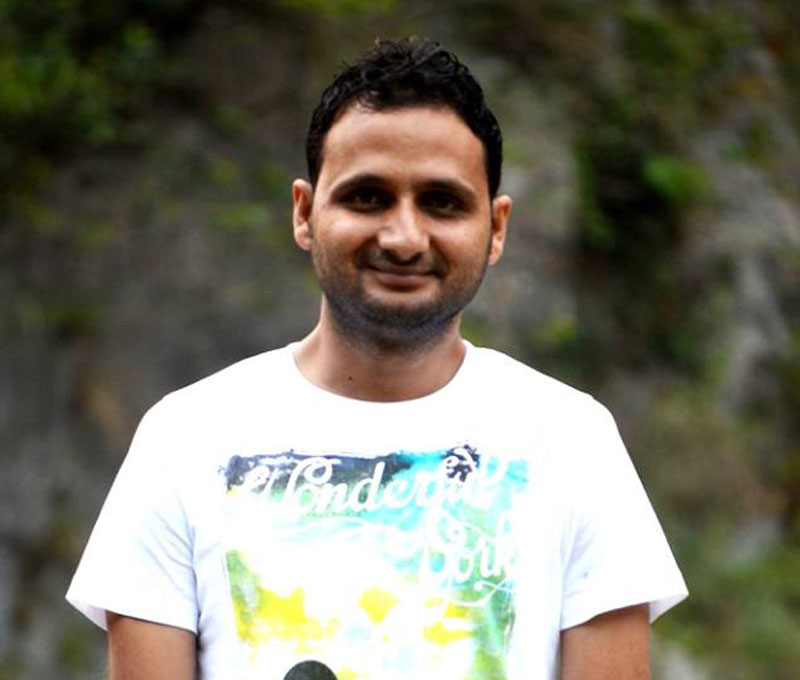
I particularly remember reading Ruskin Bond’s The Thief’s Story. I really enjoyed how the book ended with a message and even the nemesis had a role to play in it. Negative characters allow the best opportunities for us to explore the realms of psychology and all the issues that stem from it. I also remember Edgar Allan Poe’s The Tell-Tale Heart. Here an unnamed narrator endeavors to convince the reader of his sanity, while describing a murder he committed. It explores the dark side with such conviction, you can’t help but be impressed.
Sunil Pokharel
It’s strange that we are taught to despise the negative characters in the story. I believe this is unnecessary. I am sure as many readers, writers, theater directors and actors would attest, it’s these negative characters who prove to be more interesting. Their personality always tends to have these layers and it’s exhilarating to explore them all. Many a time, especially in holy books and movies, the focus is on the good and the bad. Sadly, the gray area tends to be ignored and it is always such a shame.
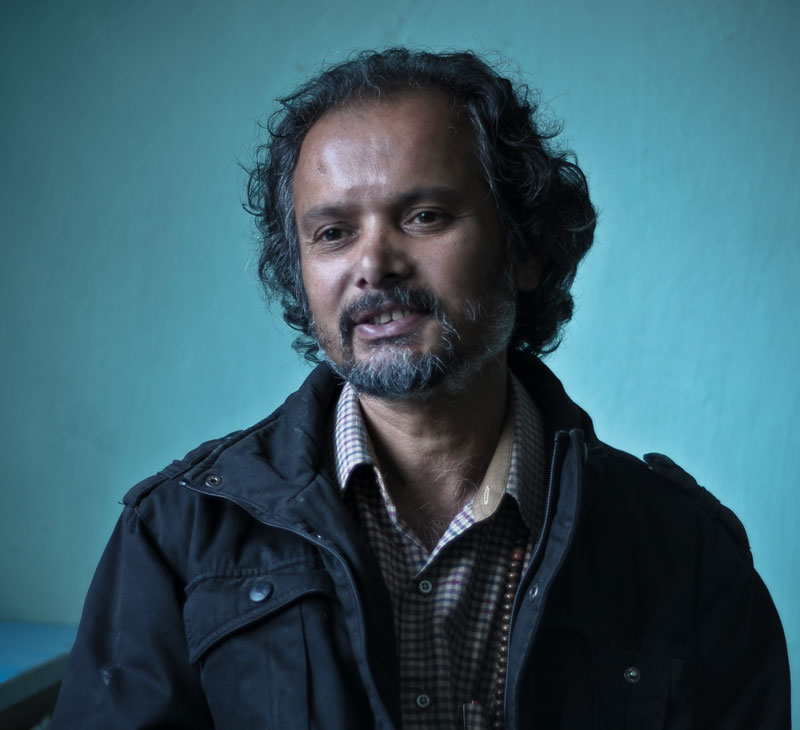
There aren’t any literary antagonists that particularly come to my mind right now. But I do remember the theater production of Albert Camus’ The Just Assassins. The play depicts the lives of hardliners fighting the tyranny of the regime. I really enjoyed the lead character, Ivan Kailayev. It is he who throws the bomb that kills the Grand Duke, and goes to prison for it. Kaliayev is also known among the terrorists as ‘the poet’. Despite the sadness and danger of terrorism, Ivan repeatedly affirms his love for life — indeed, he is fighting so as to bring a better life to others. It’s one of those instances where you find yourself wanting to be in the corner of the wrongdoers. As I mentioned, we may have been taught from an early age to hate the antagonists but that isn’t necessarily always the case. Ultimately the choice is ours.


















